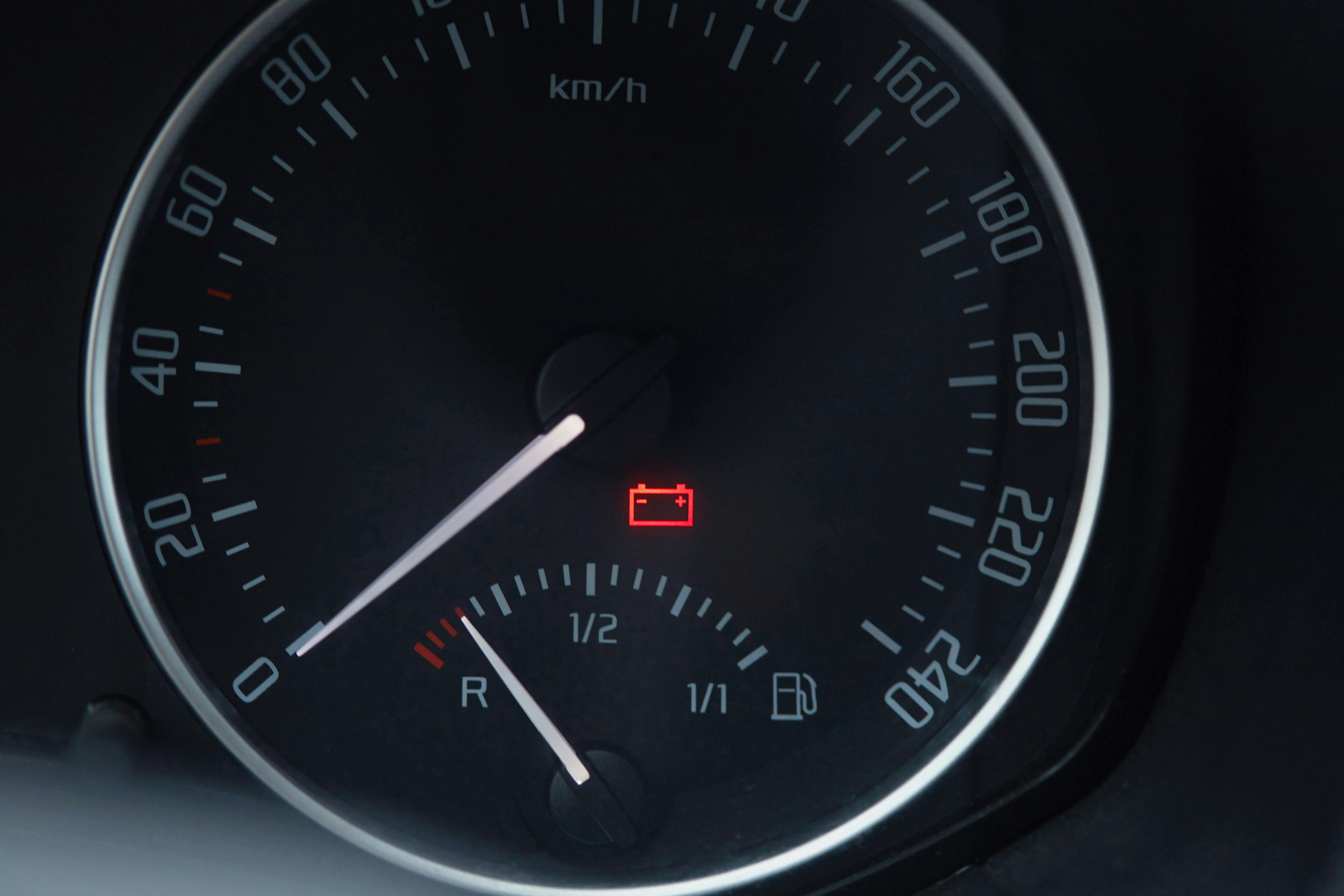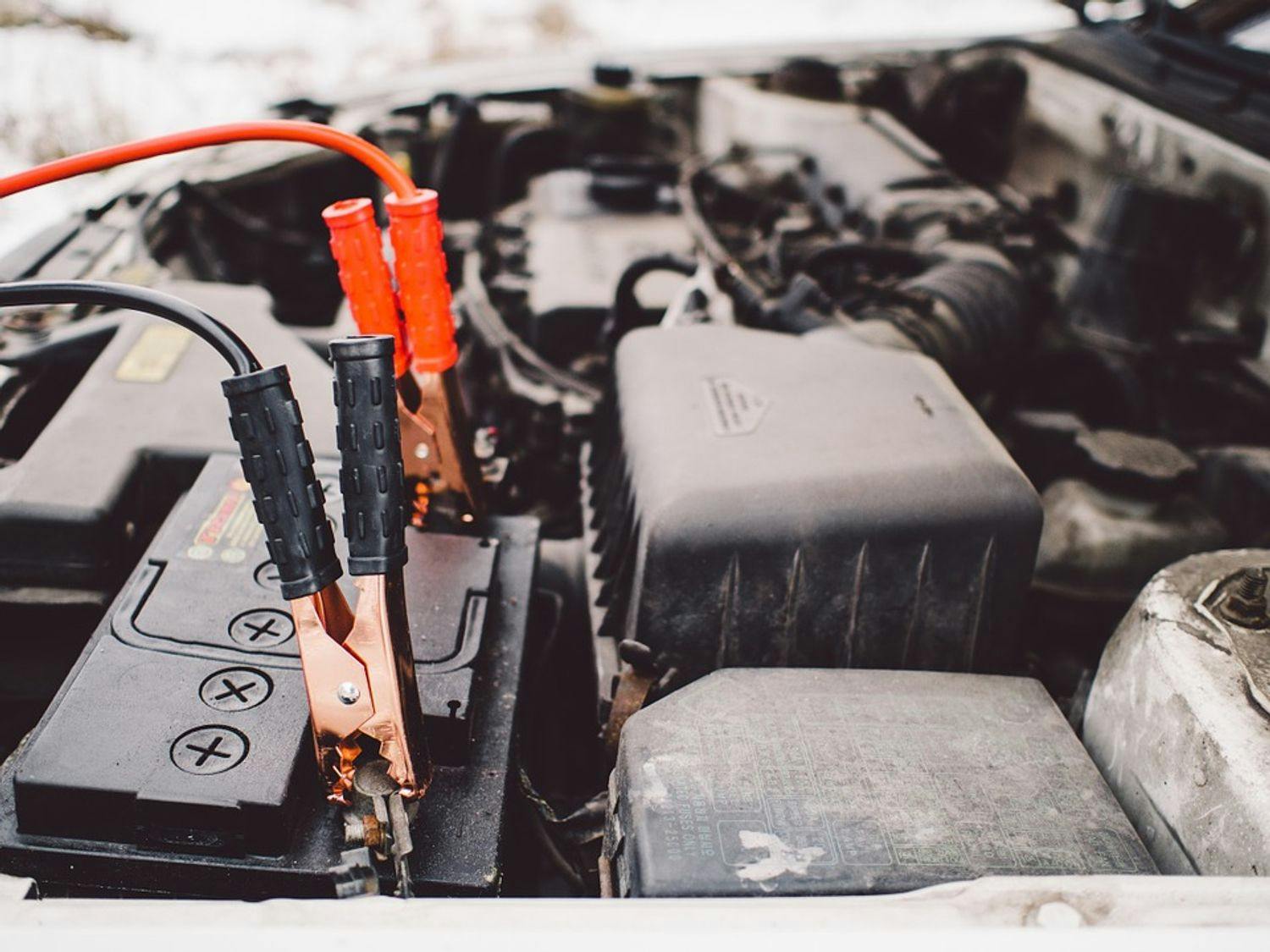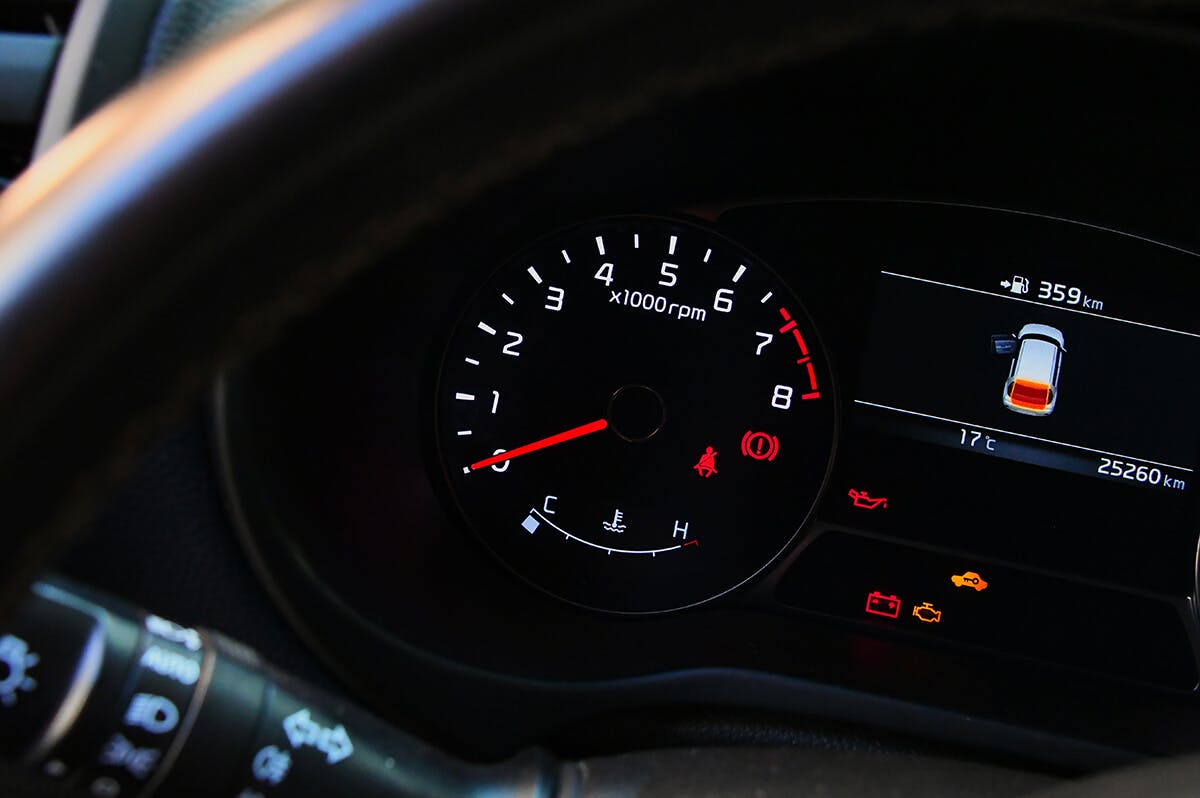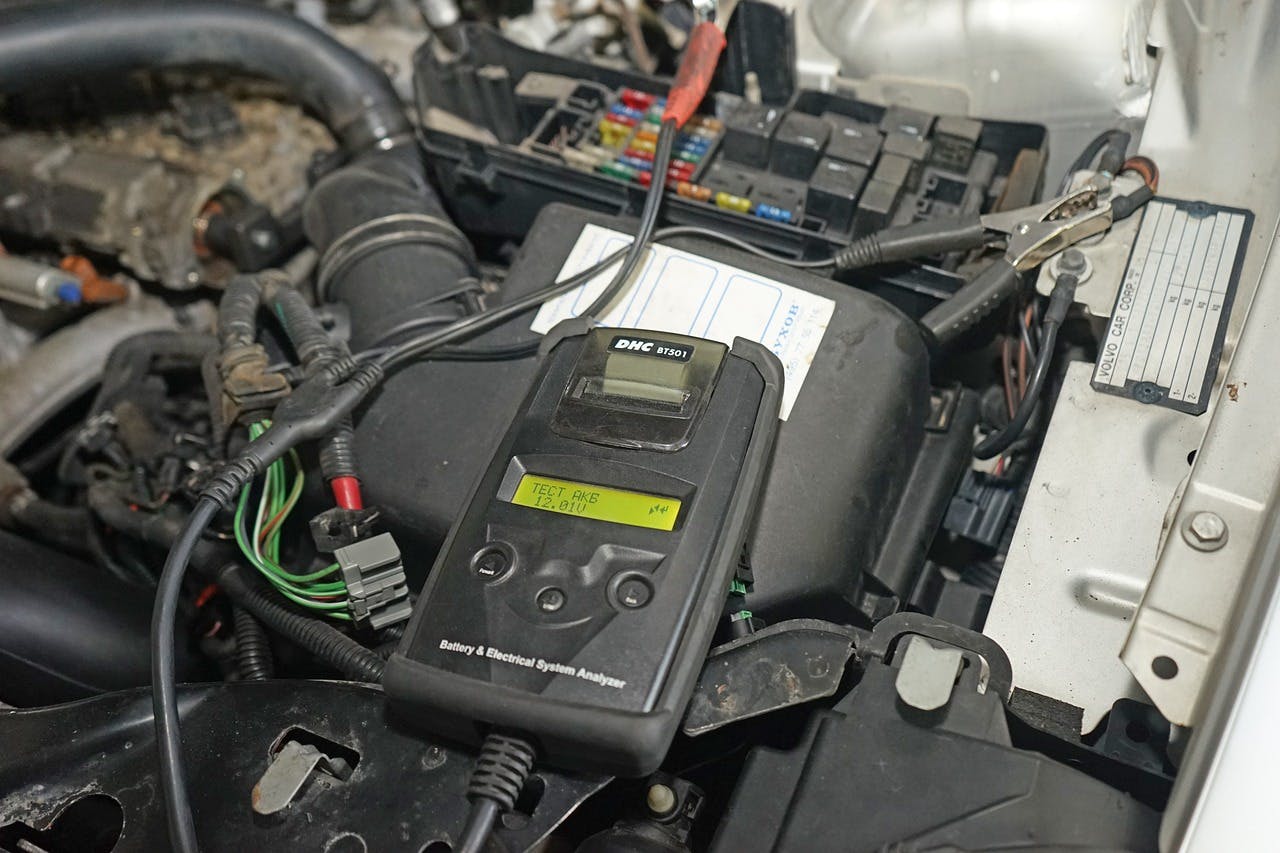Why Is the Battery Light On?

The battery is an essential part of every engine and provides the necessary power to start it as well as ensure the function of electrical components. When the battery warning light illuminates your car's dashboard, it's a serious problem that should not be ignored.
This article delves into why the battery warning light is on, how to troubleshoot this issue, and how to maintain your car's battery. We will also answer frequently asked questions related to this topic.
Inhoudsopgave
Possible Causes of Battery Warning Light
1. Faulty Alternator

The alternator is responsible for charging the battery while the engine is running. A malfunctioning alternator can cause the battery light to come on, as it may not provide the necessary charge.
2. Worn or Damaged Serpentine Belt
The serpentine belt connects the engine to the alternator, power steering pump, and other components. If the belt is worn or damaged, it can affect the alternator's ability to charge the battery, activating the battery light.
3. Damaged or Corroded Battery Cables
Battery cables connect the battery to the vehicle's electrical system. Damaged or corroded cables can cause poor connections, leading to insufficient battery charging and the battery light turning on.
4. Old or Failing Battery

An old or failing battery may no longer hold a sufficient charge, causing the light to come on. Replacing the battery when its lifespan is near its end is essential.
What to Do When the Battery Light Comes On?
When the battery light comes on, you should pull over asap and turn off your car. The battery warning light's color is red, indicating a serious problem that must be resolved immediately. If you ignore it, you may cause further damage to the electrical system, or the car may leave you stranded.

Red symbols in a car: What to do when they light up?
Troubleshooting Car Battery Light Issues
Step 1: Inspect the Alternator
Check the alternator for visible damage or loose connections. Use a voltmeter to measure the output voltage when the engine is running. A healthy alternator should produce between 14 and 14.6 volts.
Step 2: Examine the Serpentine Belt
Inspect the serpentine belt for signs of wear, such as cracks or fraying. Check for proper tension and alignment. Replace the belt if necessary.
Step 3: Check Battery Cables
Inspect battery cables for damage or corrosion. Clean the terminals and tighten any loose connections. Replace damaged cables as needed. If your battery is more than three years old, consider replacing it.
Step 4: Test the Battery

Use a voltmeter to measure the battery voltage when the engine is off. A fully charged battery should read around 12.6 volts. If the voltage is lower, it may need to be charged or replaced.
Maintaining Your Car Battery
1. Regular Maintenance
Schedule regular maintenance for your vehicle, including checking the battery, alternator, and serpentine belt. This can help identify potential issues before they become serious.
2. Clean Battery Terminals
Clean the battery terminals periodically to prevent corrosion and ensure proper electrical flow.
3. Monitor Battery Age
Replace your battery every three to five years or as your vehicle's manufacturer recommends.
4. Watch for Warning Signs
Pay attention to signs of electrical system problems, such as dimming headlights, flickering dashboard lights, or slow engine cranking. Address these issues promptly to prevent battery light complications.
Interesting Facts About Car Batteries

Recycling: Car batteries are among the most recycled consumer products, with over 99% of lead-acid batteries being recycled.
Longevity: The average lifespan of a car battery is 3-5 years, but factors such as weather, driving habits, and maintenance can influence its longevity.
Temperature Impact: Extreme temperatures can affect a car battery's performance. Cold weather can slow down the chemical reaction inside the battery, while hot weather can cause it to overheat and evaporate essential liquids.
Reserve Capacity: Car batteries have a reserve capacity, which is how long a fully charged battery can provide power if the alternator fails. This capacity varies depending on the battery type and size.
Lead-Acid vs. Lithium-Ion: Traditional lead-acid batteries are being replaced by lithium-ion batteries in some modern vehicles due to their higher energy density, lighter weight, and longer life cycle.
Frequently Asked Questions
What does the battery light on the dashboard mean?
Answer: The battery light indicates an issue with the charging system, often related to the alternator, battery, serpentine belt, or cables. It's essential to address the problem promptly to avoid potential damage to the vehicle's electrical system.
How long can I drive with the battery light on?
Answer: It's not advisable to drive with the battery light on for extended periods, as it may lead to a drained battery and potential damage to your vehicle's electrical system. Seek professional assistance as soon as possible.
Can a faulty alternator drain the battery?
Answer: A faulty alternator can fail to charge the battery, resulting in it being drained. Additionally, a malfunctioning voltage regulator within the alternator can overcharge the battery, causing damage.
How often should I replace my car battery?
Answer: Car batteries typically last 3-5 years, but climate, driving habits, and maintenance can influence their lifespan. It's best to replace the battery as recommended by the manufacturer or when it begins to show signs of wear.
How can I maximize my car battery's lifespan?
Answer: To extend your car battery's life, perform regular visual inspections, keep the battery clean and connections secure, maintain proper charge levels, and replace it promptly when necessary.
Conclusion
In conclusion, understanding the possible causes behind an illuminated battery light and taking appropriate action may come in handy if this situation ever happens. If you want to avoid it, maintain and replace worn components regularly.